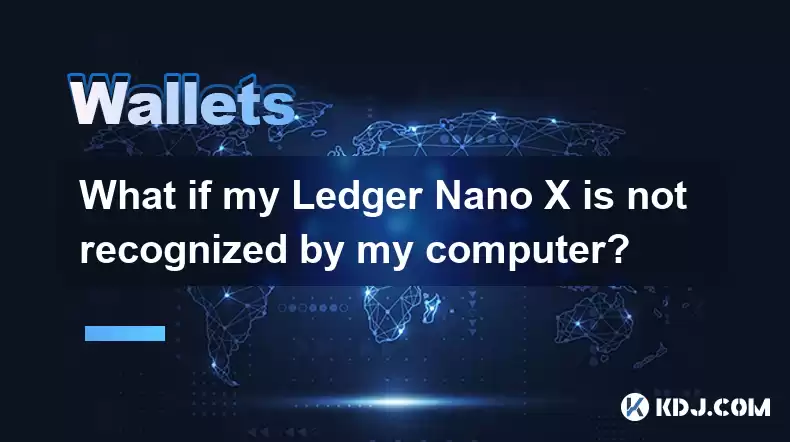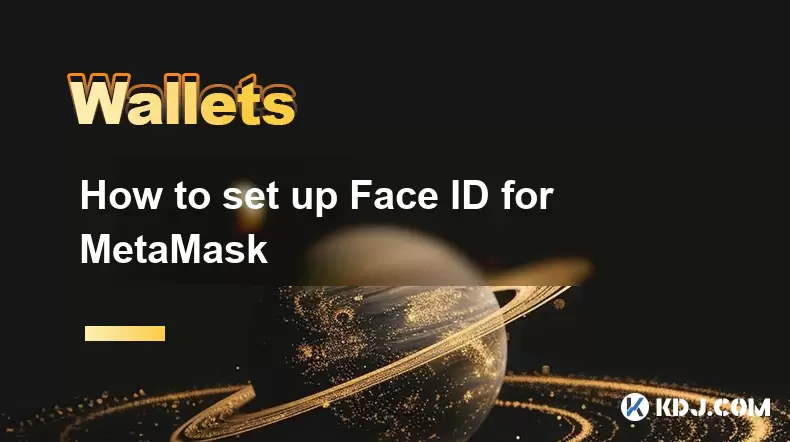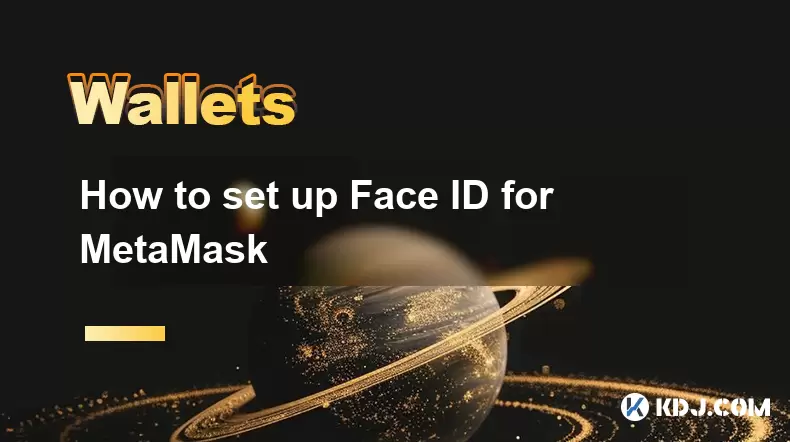-
 Bitcoin
Bitcoin $119000
-2.21% -
 Ethereum
Ethereum $4315
1.01% -
 XRP
XRP $3.151
-3.11% -
 Tether USDt
Tether USDt $0.0000
0.00% -
 BNB
BNB $808.5
-0.71% -
 Solana
Solana $175.8
-4.21% -
 USDC
USDC $0.9999
0.00% -
 Dogecoin
Dogecoin $0.2250
-3.92% -
 TRON
TRON $0.3469
1.77% -
 Cardano
Cardano $0.7818
-3.81% -
 Chainlink
Chainlink $21.47
-2.10% -
 Hyperliquid
Hyperliquid $43.30
-6.81% -
 Stellar
Stellar $0.4370
-2.84% -
 Sui
Sui $3.682
-4.40% -
 Bitcoin Cash
Bitcoin Cash $590.8
2.67% -
 Hedera
Hedera $0.2484
-5.20% -
 Ethena USDe
Ethena USDe $1.001
0.00% -
 Avalanche
Avalanche $23.10
-4.29% -
 Litecoin
Litecoin $119.2
-3.96% -
 Toncoin
Toncoin $3.409
0.90% -
 UNUS SED LEO
UNUS SED LEO $9.016
-1.29% -
 Shiba Inu
Shiba Inu $0.00001304
-3.82% -
 Uniswap
Uniswap $11.18
1.33% -
 Polkadot
Polkadot $3.913
-3.51% -
 Cronos
Cronos $0.1672
-3.08% -
 Dai
Dai $1.000
0.02% -
 Ethena
Ethena $0.7899
-4.70% -
 Bitget Token
Bitget Token $4.400
-1.23% -
 Pepe
Pepe $0.00001132
-5.93% -
 Monero
Monero $257.9
-6.44%
What if my Ledger Nano X is not recognized by my computer?
Ensure your Ledger Nano X is charged, use a proper USB cable, try different ports, update Ledger Live, and check for software conflicts to resolve connection issues.
Mar 28, 2025 at 09:36 am

Troubleshooting Ledger Nano X Connection Issues
Many factors can prevent your Ledger Nano X from being recognized by your computer. This can range from simple connection problems to more complex software or hardware issues. Let's explore the most common causes and solutions.
First, ensure your Ledger Nano X is properly charged. A low battery can disrupt communication. Check the battery level on the device's screen. If low, charge it using the provided USB cable. Insufficient power can lead to connection failures.
Next, verify the USB cable. Try a different, known-good USB cable. Some cables are only designed for charging and not data transfer. Using a faulty or incompatible cable is a frequent cause of connection problems. Make sure it's securely plugged into both the device and your computer.
Check the USB port on your computer. Try different USB ports, especially those directly connected to the motherboard (not USB hubs). Some ports may be disabled or malfunctioning. Also, try restarting your computer after trying a different port. This simple step often resolves minor software glitches.
Now, let's address software issues. Make sure you have the correct Ledger Live application installed and updated. Outdated software can be incompatible with the device's firmware. Visit the official Ledger website to download the latest version. Always download software directly from the official source to avoid malware.
If you're using a virtual machine (VM), ensure that your VM is configured to pass through USB devices correctly. Many VMs require specific settings to allow access to external hardware like the Ledger Nano X. Consult your VM's documentation for instructions on USB passthrough.
Sometimes, the problem lies with your operating system. Check your computer's device manager (Windows) or system information (macOS) to see if the Ledger Nano X is listed. If it is listed with errors, try reinstalling drivers or updating the operating system. This might involve downloading updates or using system restore points.
For Windows users, you might need to install or update the Ledger drivers manually. These drivers allow your computer to communicate with the Ledger Nano X. You can usually find these drivers on the Ledger support website. Incorrect or missing drivers frequently cause connection problems.
If you're using a different operating system, consult the Ledger support website for specific instructions related to your operating system. Ledger provides detailed guides and troubleshooting steps for various platforms. The solutions may differ slightly depending on the OS.
Consider checking for any security software interference. Your antivirus or firewall might be blocking the connection. Temporarily disable these programs to see if it resolves the issue. Remember to re-enable them afterward. This is crucial for maintaining your system's security.
Finally, if none of these steps work, it's possible there's a hardware problem with either your Ledger Nano X or your computer. Contact Ledger support directly for further assistance. They can provide more advanced troubleshooting steps or arrange for repairs. They have a dedicated support team to help with these issues.
Frequently Asked Questions
Q: My Ledger Nano X is detected, but Ledger Live doesn't recognize it. What should I do?
A: Try restarting both your Ledger Nano X and your computer. Ensure Ledger Live is fully updated. Check your USB cable and port again. If the problem persists, contact Ledger support.
Q: My computer doesn't show any sign of detecting my Ledger Nano X. What are the possible causes?
A: This could be due to a faulty USB cable, a malfunctioning USB port, insufficient power to the Ledger Nano X, or software issues (drivers, operating system, Ledger Live). Check each of these possibilities systematically.
Q: I've tried everything, and my Ledger Nano X is still not recognized. What are my options?
A: Contact Ledger support directly. They can provide more in-depth troubleshooting or arrange for repair or replacement if necessary. Don't attempt to repair the device yourself unless you have advanced technical knowledge.
Q: Is it possible a software update caused this problem?
A: Yes, it's possible. Software updates, both on your computer and the Ledger Nano X itself, can sometimes introduce unforeseen compatibility issues. Ensure you have the latest updates for your operating system and Ledger Live, but also consider reverting to a previous version if possible.
Q: Can a faulty USB hub cause this problem?
A: Yes, absolutely. USB hubs can introduce power issues or communication problems. Always try connecting your Ledger Nano X directly to a USB port on your computer's motherboard to rule out the hub as a cause.
Disclaimer:info@kdj.com
The information provided is not trading advice. kdj.com does not assume any responsibility for any investments made based on the information provided in this article. Cryptocurrencies are highly volatile and it is highly recommended that you invest with caution after thorough research!
If you believe that the content used on this website infringes your copyright, please contact us immediately (info@kdj.com) and we will delete it promptly.
- Japan, Bitcoin, and Treasuries: A New Era of Corporate Finance?
- 2025-08-12 18:30:12
- Bitcoin Bull Market: Decoding the Indicators for the Next Big Move
- 2025-08-12 18:30:12
- Do Kwon's Terra Collapse: From 'Not Guilty' to Guilty Plea?
- 2025-08-12 18:50:12
- Material Efficiency, Traceability, and Trust: The New Pillars of Sustainability
- 2025-08-12 18:50:12
- PumpFun (PUMP) Price: Riding the Meme Coin Wave or Facing a Wipeout?
- 2025-08-12 16:50:12
- Uniswap's Legal Clarity Fuels Price Target: Will UNI Hit $12.85?
- 2025-08-12 17:30:13
Related knowledge

How to manage your portfolio in Exodus wallet
Aug 08,2025 at 10:07pm
Understanding the Exodus Wallet InterfaceThe Exodus wallet is a non-custodial cryptocurrency wallet that supports a wide range of digital assets. When...

How to reset your MetaMask password
Aug 08,2025 at 01:28pm
Understanding the MetaMask Password Reset ProcessMany users confuse the MetaMask password with the seed phrase or private key, but they serve differen...

How to buy Dogecoin on MetaMask
Aug 08,2025 at 03:42am
Understanding Dogecoin and MetaMask CompatibilityDogecoin (DOGE) is a popular meme-based cryptocurrency that operates on its own blockchain, originall...

How to switch between networks in Trust Wallet
Aug 09,2025 at 11:07am
Understanding Network Switching in Trust WalletSwitching between networks in Trust Wallet allows users to manage assets across different blockchains, ...

How to set up Face ID for MetaMask
Aug 12,2025 at 02:42am
Understanding Face ID and Its Role in MetaMask SecurityMetaMask is a widely used cryptocurrency wallet that allows users to interact with the Ethereum...

How to set up Face ID for MetaMask
Aug 11,2025 at 09:28am
Understanding Face ID and Its Role in MetaMask SecurityFace ID is a biometric authentication system developed by Apple that uses facial recognition to...

How to manage your portfolio in Exodus wallet
Aug 08,2025 at 10:07pm
Understanding the Exodus Wallet InterfaceThe Exodus wallet is a non-custodial cryptocurrency wallet that supports a wide range of digital assets. When...

How to reset your MetaMask password
Aug 08,2025 at 01:28pm
Understanding the MetaMask Password Reset ProcessMany users confuse the MetaMask password with the seed phrase or private key, but they serve differen...

How to buy Dogecoin on MetaMask
Aug 08,2025 at 03:42am
Understanding Dogecoin and MetaMask CompatibilityDogecoin (DOGE) is a popular meme-based cryptocurrency that operates on its own blockchain, originall...

How to switch between networks in Trust Wallet
Aug 09,2025 at 11:07am
Understanding Network Switching in Trust WalletSwitching between networks in Trust Wallet allows users to manage assets across different blockchains, ...

How to set up Face ID for MetaMask
Aug 12,2025 at 02:42am
Understanding Face ID and Its Role in MetaMask SecurityMetaMask is a widely used cryptocurrency wallet that allows users to interact with the Ethereum...

How to set up Face ID for MetaMask
Aug 11,2025 at 09:28am
Understanding Face ID and Its Role in MetaMask SecurityFace ID is a biometric authentication system developed by Apple that uses facial recognition to...
See all articles

























































































